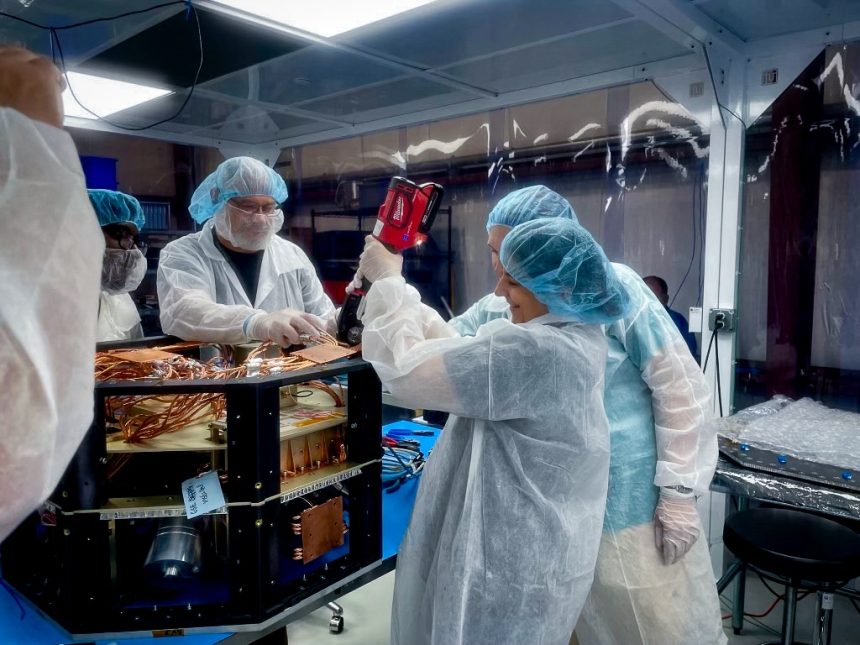NASA’s Stennis Space Center has cleared a major milestone for a historic in-flight mission to demonstrate the capabilities of a site-developed autonomous software package.
The Autonomous Systems Laboratory team passed its software Flight Readiness Review for the first flight opportunity of Autonomous Satellite Technology for Resilient Applications (ASTRA).

The aerospace company is set to launch its premier satellite platform, LizzieSat (LS), designed to provide turnkey access to space, in 2024.
At this time, ASTRA Flight Software Version 1.0 has been loaded on the flight hardware, with the ASTRA flight unit subsequently being installed on the Sidus Space LS-1 satellite.
“This is a significant achievement,” Stennis Center Director Dr. Rick Gilbrech said. “This will be the first time NASA Stennis has flown software to space, and we are excited to join with Sidus Space for the mission. It is a great opportunity to demonstrate the capabilities of the NASA Stennis software, as well as the center’s autonomous systems team.”
The recently completed flight readiness review involved NASA headquarters stakeholders and site engineers, as well as safety and mission assurance personnel, clearing the way for the mission to proceed.
The initial version of the software includes vehicle systems management capabilities, as well as the ability to update software versions and add capabilities during the mission, which could last for more than two years.
“The integration of the NASA Stennis ASTRA software will provide us with the necessary flight heritage for future deep space missions, and we are excited to begin this process,” Carol Craig, Founder and CEO of Sidus, stated. “This is an important step for the two organizations and the industry as a whole as we step further into space and beyond.”







